Top Reasons to Travel to
Central & South American Countries
Central & South American Countries
Explore Argentina, Uruguay, Brazil, Chile, Patagonia, Peru

Booking a tour of South American countries like Argentina, Uruguay, Brazil, Chile, Patagonia, or Central America's Peru is an excellent way to immerse yourself in diverse, rich cultures, fascinating histories, and abundant, astounding natural wonders. From the striking landscapes of Patagonia to the vibrant cities of Buenos Aires and Rio de Janeiro, there is something for everyone. You can explore ancient ruins, hike stunning national parks, try delicious local cuisines, and experience the warmth and hospitality of the locals - all while staying comfortably within budget. Embark on a journey and discover the beauty and diversity of South America for yourself.
The Natural Wonders of Central and South America
Natural beauty is abundant in Central and South America. From the majestic Andes mountains to the mysterious Amazon rainforest, travelers appreciate the multitude of natural wonders and some of the world's most breathtaking natural landscapes. Here are some of the most notable natural wonders in these regions:
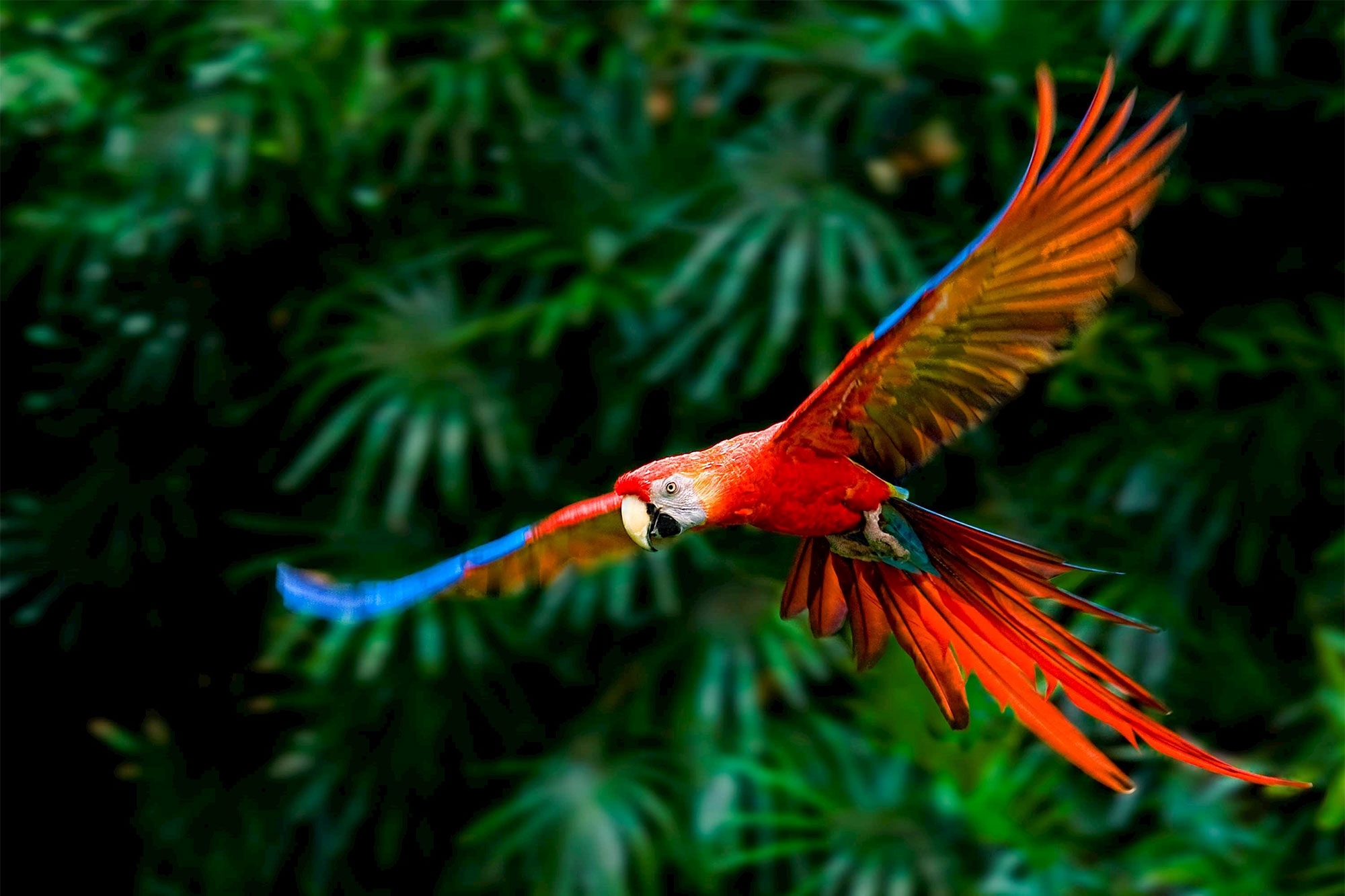
The Amazon Rainforest and Amazon River in Central and South America
The Amazon Rainforest is the largest tropical rainforest in the world, covering over 5.5 million square kilometers across nine countries in South America. It is teeming with biodiversity, housing countless species of plants and animals, many of which are found nowhere else on Earth. Like the rainforests that surround it, the Amazon River also teems with life, including numerous fish species like the piranha and catfish, as well as river dolphins!
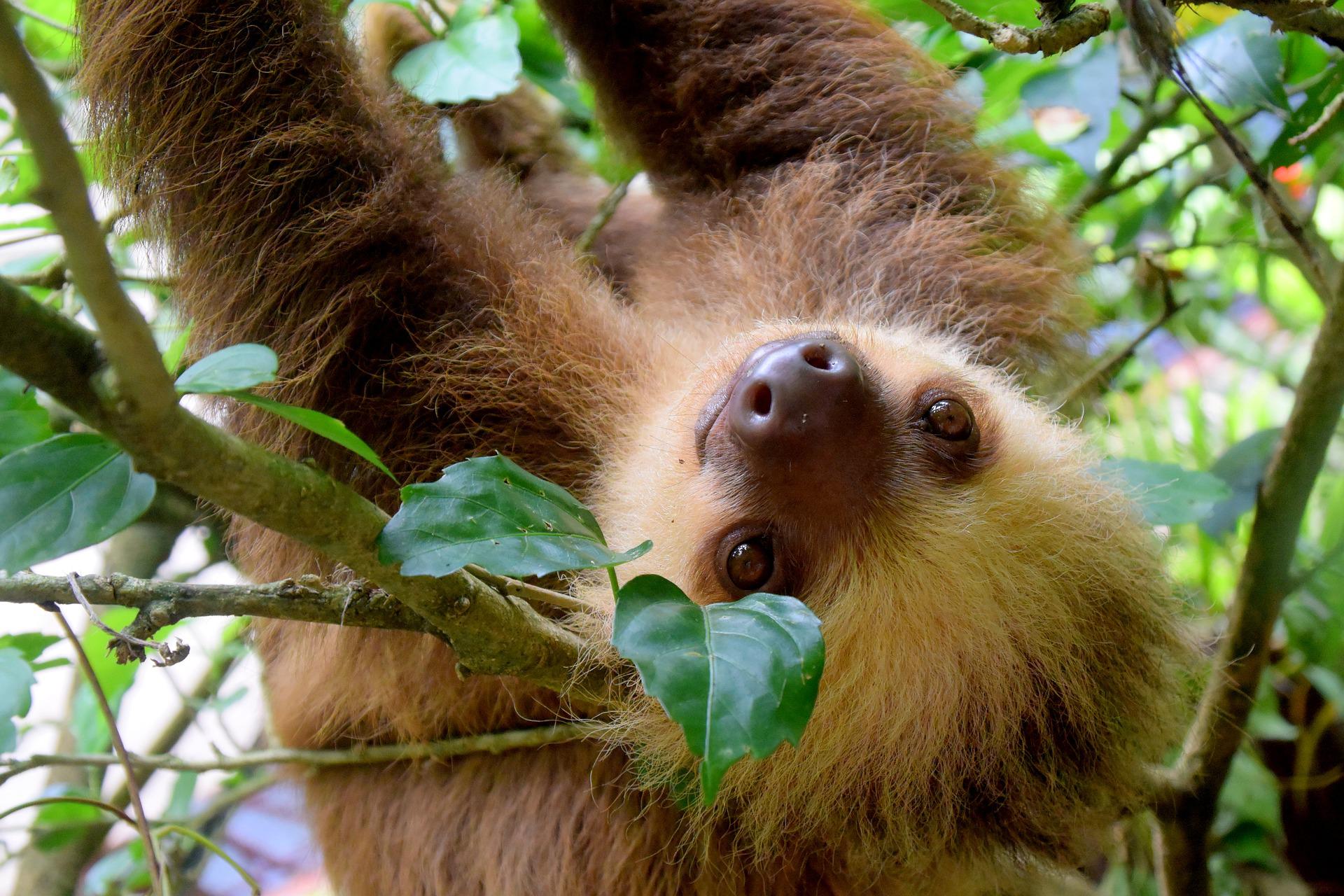
Arenal Volcano, Tortuguero National Park, and Monteverde Cloud Forest in Costa Rica
Arenal Volcano, Tortuguero National Park, and Monteverde Cloud Forest in Costa Rica promise a once-in-a-lifetime adventure filled with natural wonders, wildlife encounters, and educational experiences, highlighting the country's commitment to sustainable tourism and environmental preservation. These destinations showcase the incredible natural beauty of Costa Rica, from the iconic cone-shaped Arenal Volcano to the lush greenery of Monteverde's cloud forest and the pristine waterways of Tortuguero.
Arenal Volcano is one of the most active volcanoes in Costa Rica, offering visitors the chance to witness volcanic activity while enjoying hot springs and lush rainforests.
Costa Rica boasts over 800 bird species, and Monteverde is a prime spot for birdwatching, with the chance to spot resplendent quetzals and a variety of other avian species. Tortuguero National Park is a haven for nesting sea turtles, while Monteverde Cloud Forest is home to rare cloud forest species, providing opportunities for wildlife enthusiasts and conservationists.
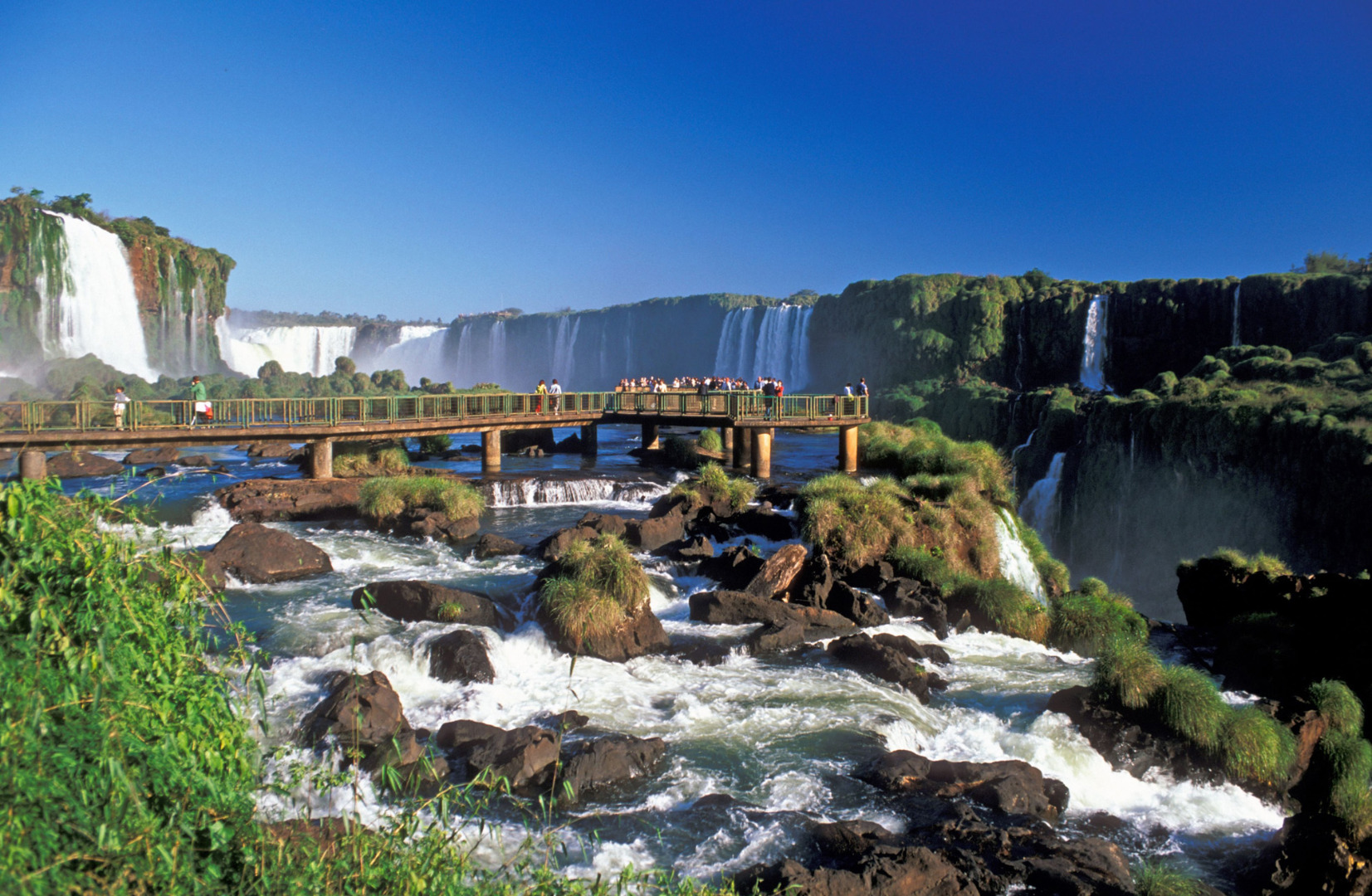
Iguazu Falls in Argentina and Brazil
Iguazu Falls is one of the world's most spectacular waterfall systems, comprising 275 individual falls along the Iguazu River. It’s the largest waterfall system in the world, and you can take an eco-train through the rainforest and along the catwalks to see the thundering waters. Argentina Trips to Take
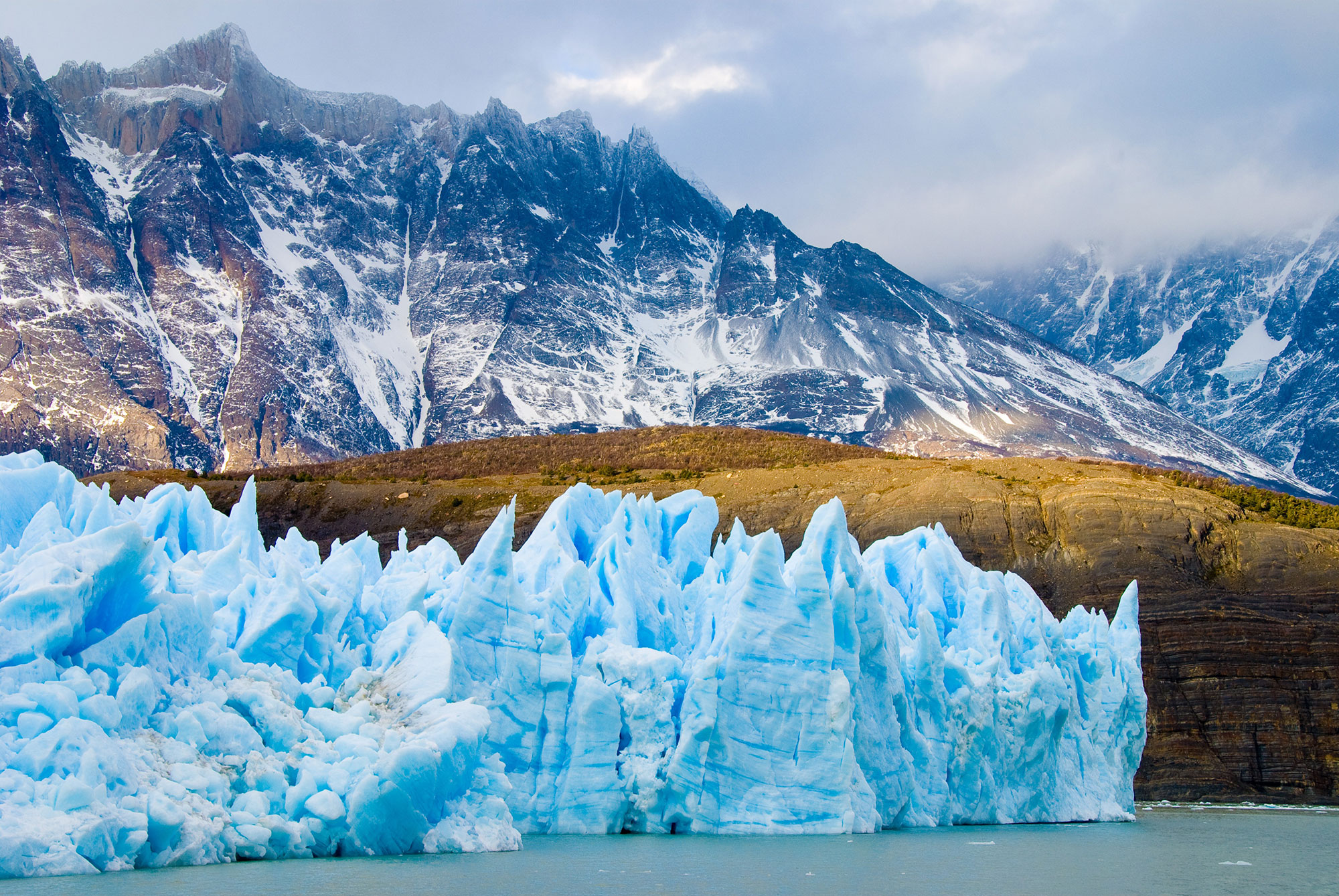
Patagonia's National Parks and Glaciers in Argentina and Chile
Patagonia is a vast and sparsely populated region known for its stunning landscapes, glaciers, fjords, and vast grasslands. The Patagonian Steppes give way to the granite Spires of Paine, or "Cleopatra's Needles," the main features of the UNESCO-listed Torres del Paine National Park. The park is a true highlight for nature enthusiasts, with its cascading waterfalls, roaring creeks, shimmering lakes, and jagged mountain spires.
Visitors to Patagonia will also want to explore the dramatic landscapes of Tierra del Fuego National Park, Argentinian's southernmost national park on the border of Chile, to admire its beautiful waterfalls, forests, and snow-capped mountains in which the wildlife of this area find sanctuary. Keep a keen eye out for red foxes, condors, eagles, and beavers. Come face to face with the biological richness of Tierra del Fuego Island and its incredible scenic beauty, enjoying views over the Beagle Channel at Ensenada Bay, the glacial waters of Roca Lake, and the deep Bay of Lapataia Bay.
Travel by boat up the Rio Serrano, passing the Southern Icefield (Campo de Hielo Sur) toward the icy turquoise sheets of the Serrano Glacier. Explore the impressive glacier hiking through unspoiled, cool rainforest landscapes to Seno Ultima Esperanza ('Fjord of the Last Hope') to see the rest of the Southern Patagonian Icefield.
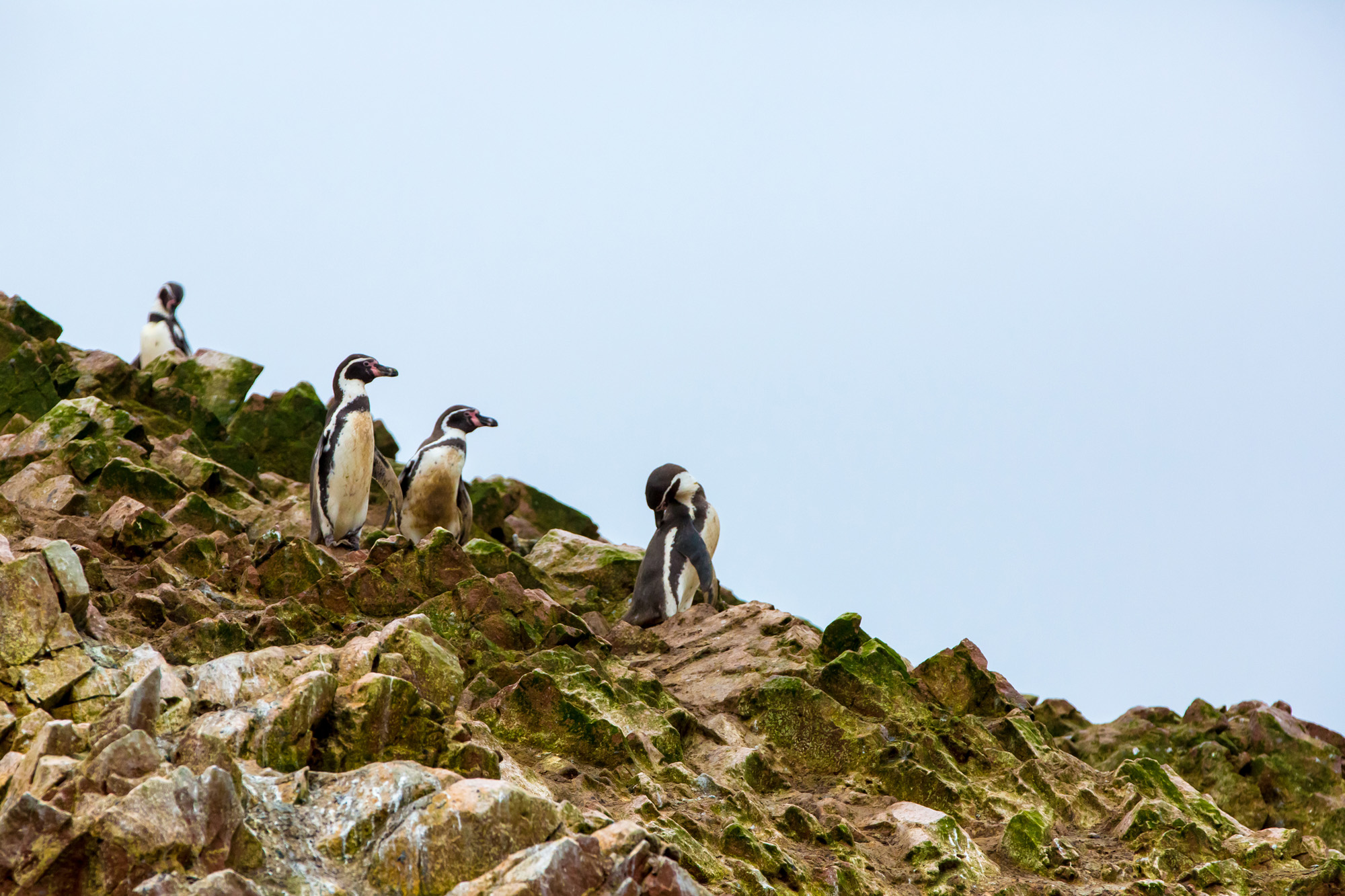
The Galápagos Islands, Ecuador
The Galápagos Islands, located about 600 miles off the coast of mainland Ecuador, are a mesmerizing natural wonder that continue to captivate travelers. This remote archipelago is famous for its unparalleled biodiversity and played a pivotal role in Charles Darwin's theory of evolution. The islands are home to unique and endemic species, including giant tortoises, marine iguanas, blue-footed boobies, and flightless cormorants. With a fragile and pristine ecosystem, the Galápagos Islands have been designated as a UNESCO World Heritage site and a biological marine reserve.
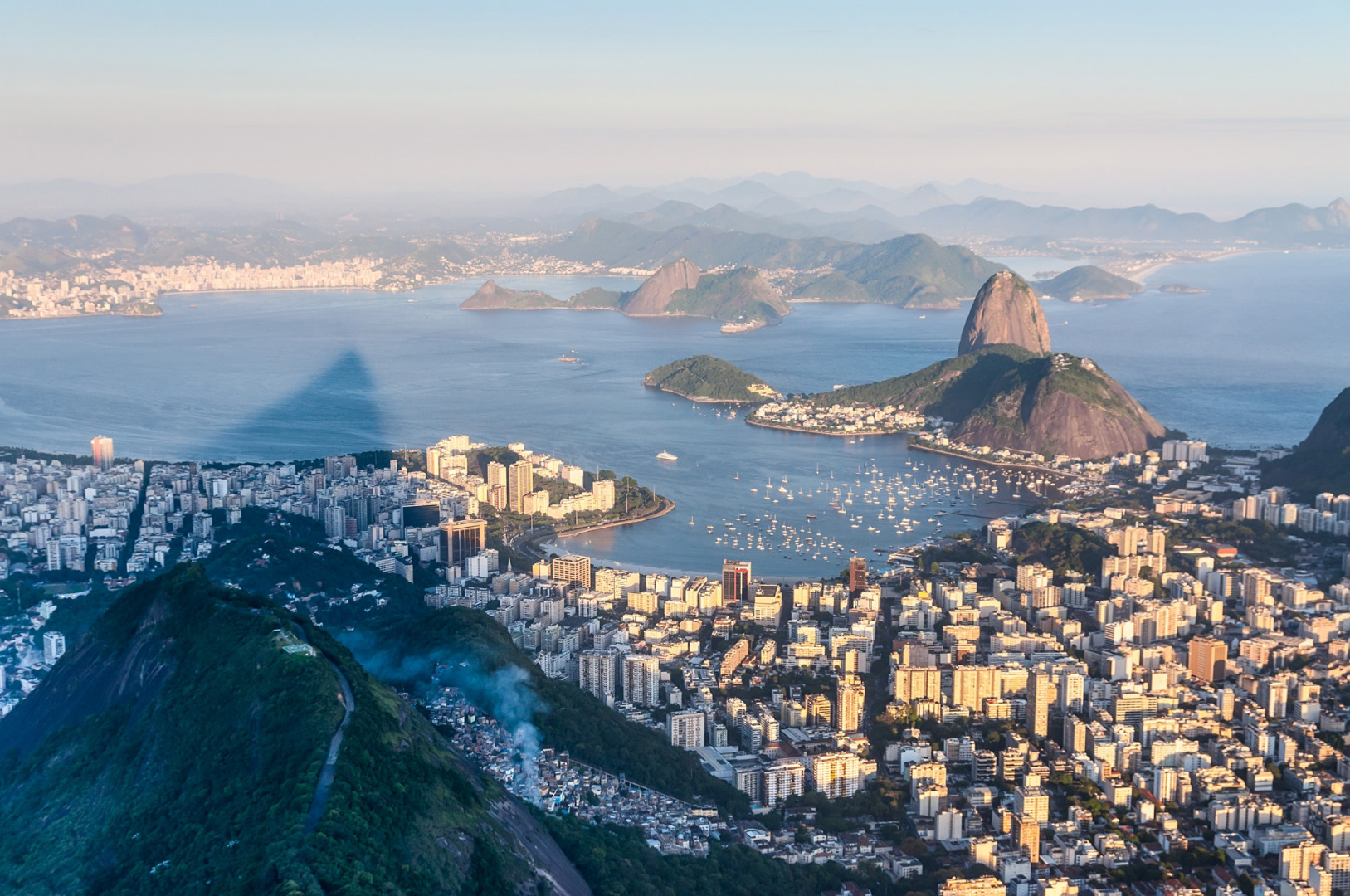
Sugarloaf Mountain, Pão de Açúcar, in Brazil
Sugarloaf Mountain (Pão de Açúcar) in Brazil is an iconic natural landmark gracing Rio de Janeiro's picturesque shores. Rising 396 meters (1,299 feet) above the harbor of Guanabara Bay, this granite peak stands as a sentinel guarding the city. Its distinctive shape, resembling a loaf of sugar, has made it a symbol of Rio de Janeiro. Sunset from Sugarloaf Mountain is enchanting as the sun dips below the horizon, casting a warm glow over Rio's iconic landmarks and creating an unforgettable and romantic experience for all who venture to its heights.
From the towering Andes Mountains to the lush Amazon rainforest, South and Central America are home to a wealth of natural wonders that never fail to captivate the imagination. Whether you're exploring the otherworldly landscapes of Patagonia, marveling at the thundering power of Iguazu Falls, or encountering the exotic wildlife of the Galapagos Islands, these stunning destinations offer a glimpse into the incredible diversity and beauty of the region's landscapes and ecosystems. For nature enthusiasts and travelers seeking adventure and awe-inspiring scenery, South and Central America's natural wonders are simply must-visit destinations.
The Wildlife and Biodiversity of Central and South America
Central and South America are home to a breathtaking array of wildlife and plant species, making both some of the most diverse places to visit on Earth. From the Andes high Mountains to the Amazon rainforest's dense jungles, these regions boast some of the planet's most varied and unique ecosystems. Whether you're a nature enthusiast, birder, wildlife photographer, or simply someone who appreciates the beauty of the natural world, Central and South America should both be must-visit destinations for you. Here's an overview of the rich biodiversity found in these areas:
Wildlife and Biodiversity of the Amazon Rainforest
Spanning multiple countries in South America, the Amazon is the world's largest rainforest and one of the most biodiverse places on Earth. It's home to millions of species of plants, animals, and insects, many of which are still undocumented. Iconic species include jaguars, sloths, pink dolphins, and a vast array of avian species, like macaws.
Wildlife and Biodiversity of the Amazon River
Apart from the rainforest, the river itself is teeming with life, including numerous fish species like the piranha and catfish, as well as river dolphins.
Wildlife and Biodiversity of the Andes Mountains
The Andes mountain range extends from Venezuela to Chile and provides a range of habitats, from cloud forests to alpine tundra. This area is inhabited by species like the Andean condor, llamas, alpacas, and the rare Andean spectacled bear.
Wildlife and Biodiversity of the Galápagos Islands, Ecuador
These islands have an extraordinary number of endemic species due to their isolation. Notable species include the giant Galápagos tortoise, marine iguanas, and the multitude of finch species that helped shape Darwin's thoughts on natural selection.
Wildlife and Biodiversity of Patagonia, Argentina/Chile
Known for its rugged, remote landscapes, Patagonia is home to wildlife such as guanacos, pumas, Andean foxes, and a variety of bird species, including the majestic Andean condor.
Wildlife and Biodiversity of Central American Rainforests
Countries like Costa Rica are known for their lush rainforests, which host an incredible variety of flora and fauna. The wildlife is diverse and plentiful, from colorful tree frogs and toucans to howler monkeys and sloths.
Wildlife and Biodiversity in Cloud Forests
Found in countries like Ecuador and Costa Rica, cloud forests are rich in biodiversity, particularly in bird species, orchids, and tree ferns.
This vast region's biodiversity is a treasure trove for naturalists and wildlife enthusiasts and plays a critical role in global environmental health, particularly regarding oxygen production and carbon dioxide absorption from the Amazon rainforest. The vital conservation of these biodiverse regions is paramount for maintaining global ecological balance.
The Cultural Sites of Central and South America
Central and South America are renowned for their rich cultural heritage and historical significance. From the mountain-top ruins of Machu Picchu in Peru to the shipwrecks scattering Argentina's Beagle Channel, the region boasts an impressive array of world-class attractions that draw visitors from all over the world. Whether you're interested in exploring ancient ruins or immersing yourself in the vibrant rhythms of Latin American music, Central and South America offer a wealth of unforgettable experiences that are sure to leave you inspired and enriched.
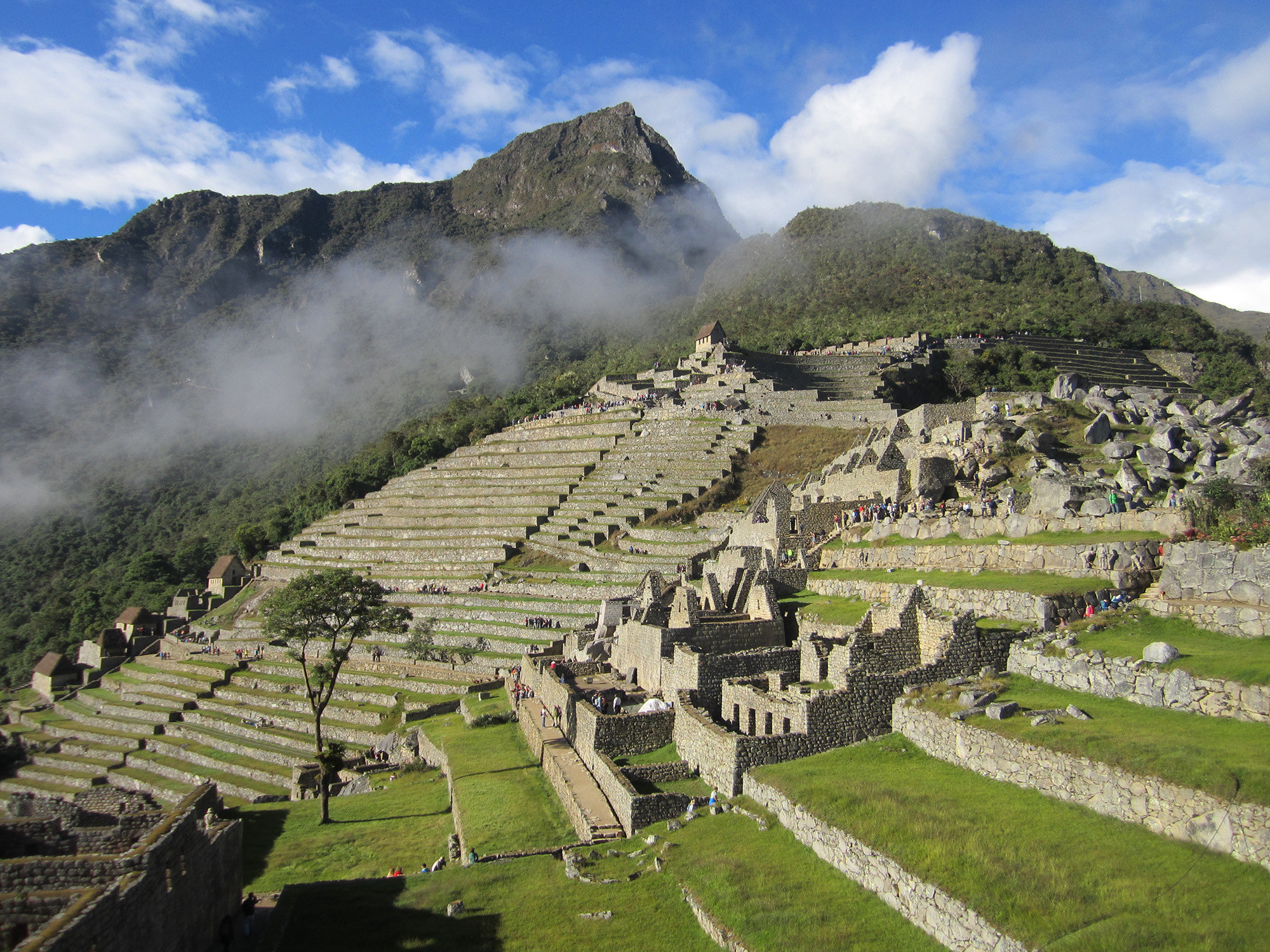
Machu Picchu in Peru
Nestled high in the Andes Mountains, Machu Picchu is an awe-inspiring Inca citadel that has stood the test of time and remains one of the most iconic archaeological sites in the world. Its intricate stone structures, steep terraces, and breathtaking views of the surrounding mountains make it a must-visit destination for adventurers and history buffs alike. The sheer scale and complexity of this ancient city and its mysterious past continue to fascinate and inspire visitors from all corners of the globe.
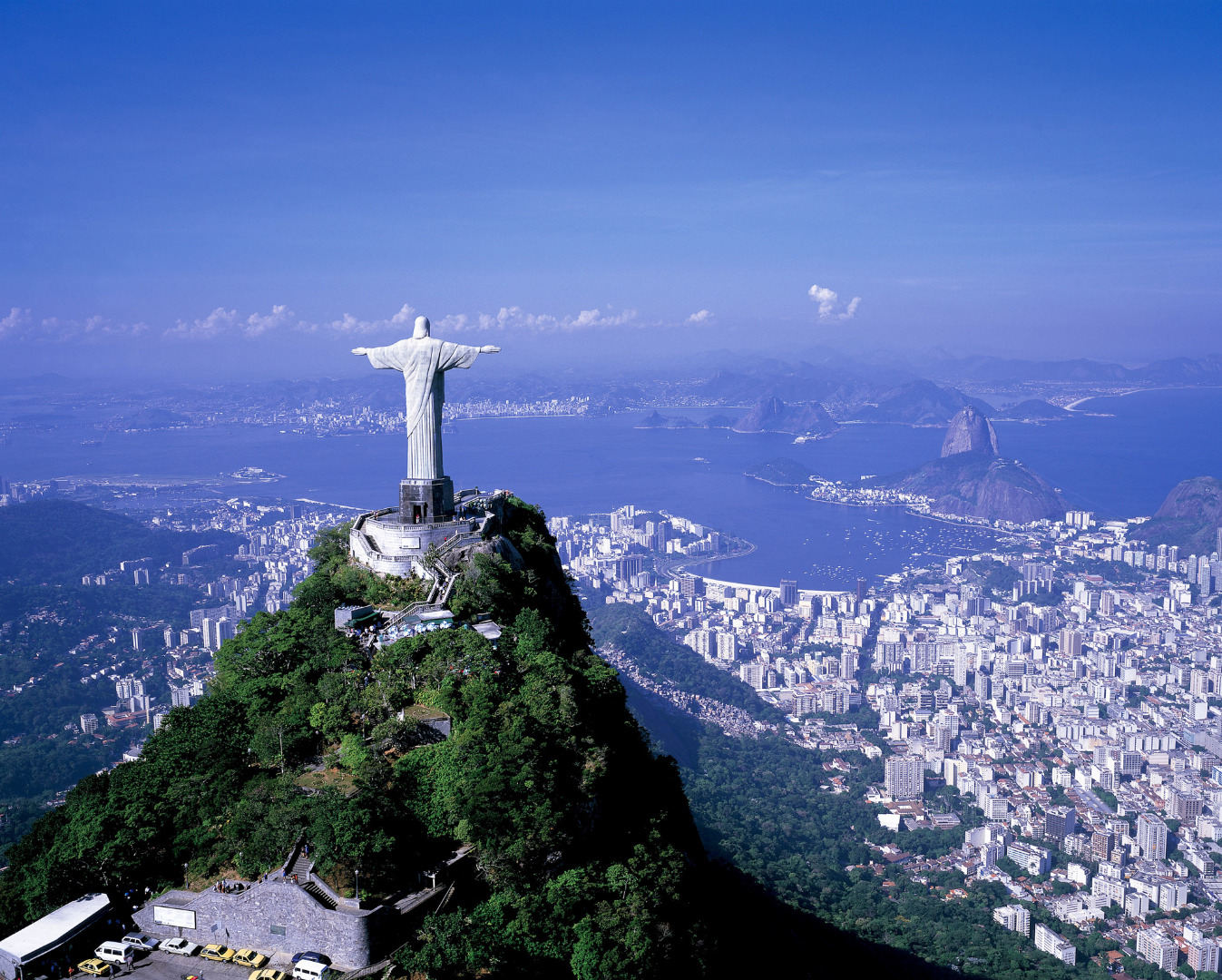
Christ the Redeemer, Rio de Janeiro, Brazil
Christ the Redeemer, perched atop the Corcovado mountain overlooking Rio de Janeiro, is an iconic symbol of Brazil's cultural and religious identity. The colossal statue of Jesus Christ, standing with open arms, serves as a representation of Christianity and faith in the predominantly Catholic country. Beyond its religious significance, Christ the Redeemer is meant to embody the spirit of unity and peace, with its outstretched arms welcoming all who visit. As a UNESCO World Heritage site and one of the New Seven Wonders of the World, the statue is not only a testament to Brazil's cultural heritage but also a global symbol of the nation's warm hospitality and its people's enduring commitment to faith and the preservation of their cultural treasures.
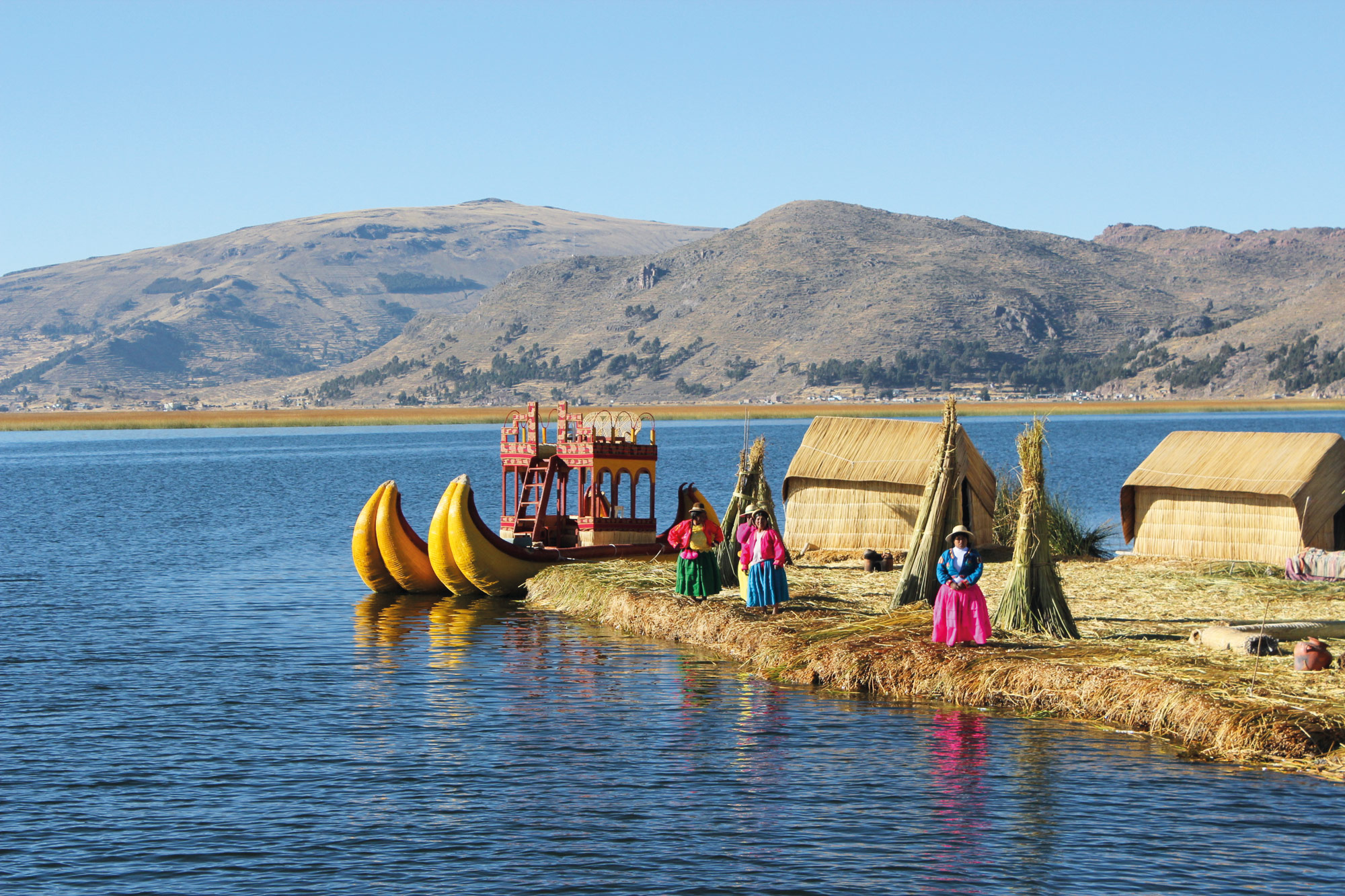
Uros Floating Islands, Lake Titicaca, Peru
The Uros Floating Islands are a unique cultural attraction located on Lake Titicaca, the world's highest navigable lake, which straddles the border of Peru and Bolivia. These islands are constructed entirely from totora reeds, a type of aquatic plant abundant in the lake. The Uros people, an indigenous community, have inhabited these floating islands for centuries, using the reeds to build not only their islands but also their homes, boats, and handicrafts. Visiting the Uros Floating Islands offers a glimpse into a traditional way of life, as visitors can interact with the friendly Uros people, learn about their customs, and witness the remarkable ingenuity required to maintain these unique, buoyant islands in the middle of Lake Titicaca.
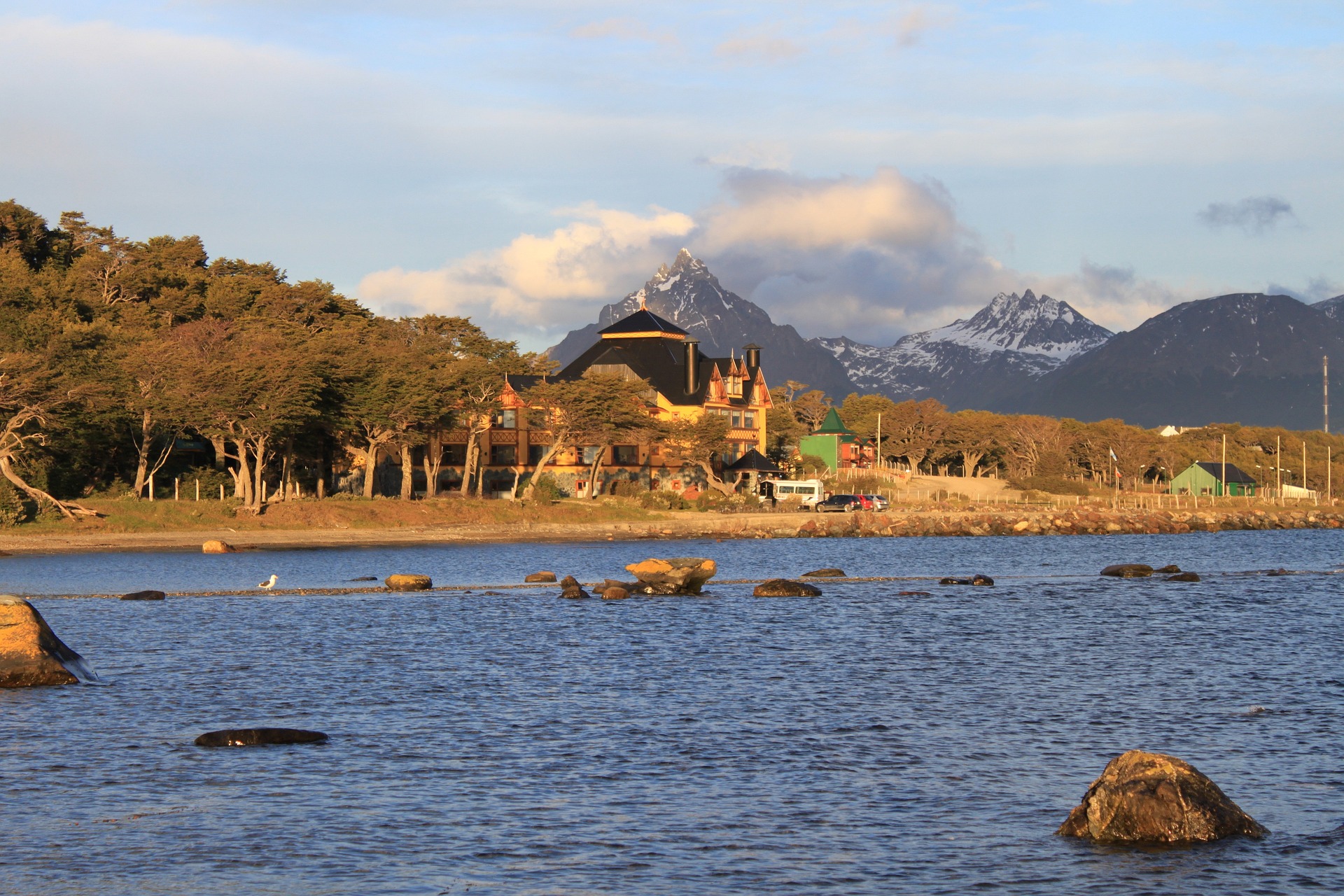
The Great Shipwrecks of Beagle Channel, Argentina
The Beagle Channel in Argentina's Tierra del Fuego region has earned its reputation as a graveyard of ships, a testament to its treacherous waters and unpredictable weather conditions. Over the years, this narrow and winding passage has witnessed numerous shipwrecks, some dating back to the 19th century, when explorers and navigators first ventured into these uncharted waters. These shipwrecks, such as the Monte Cervantes and the Duchess of Albany, are both historically and archaeologically significant and offer a window into the challenges and perils faced by early explorers and sailors attempting to traverse the southern tip of South America.
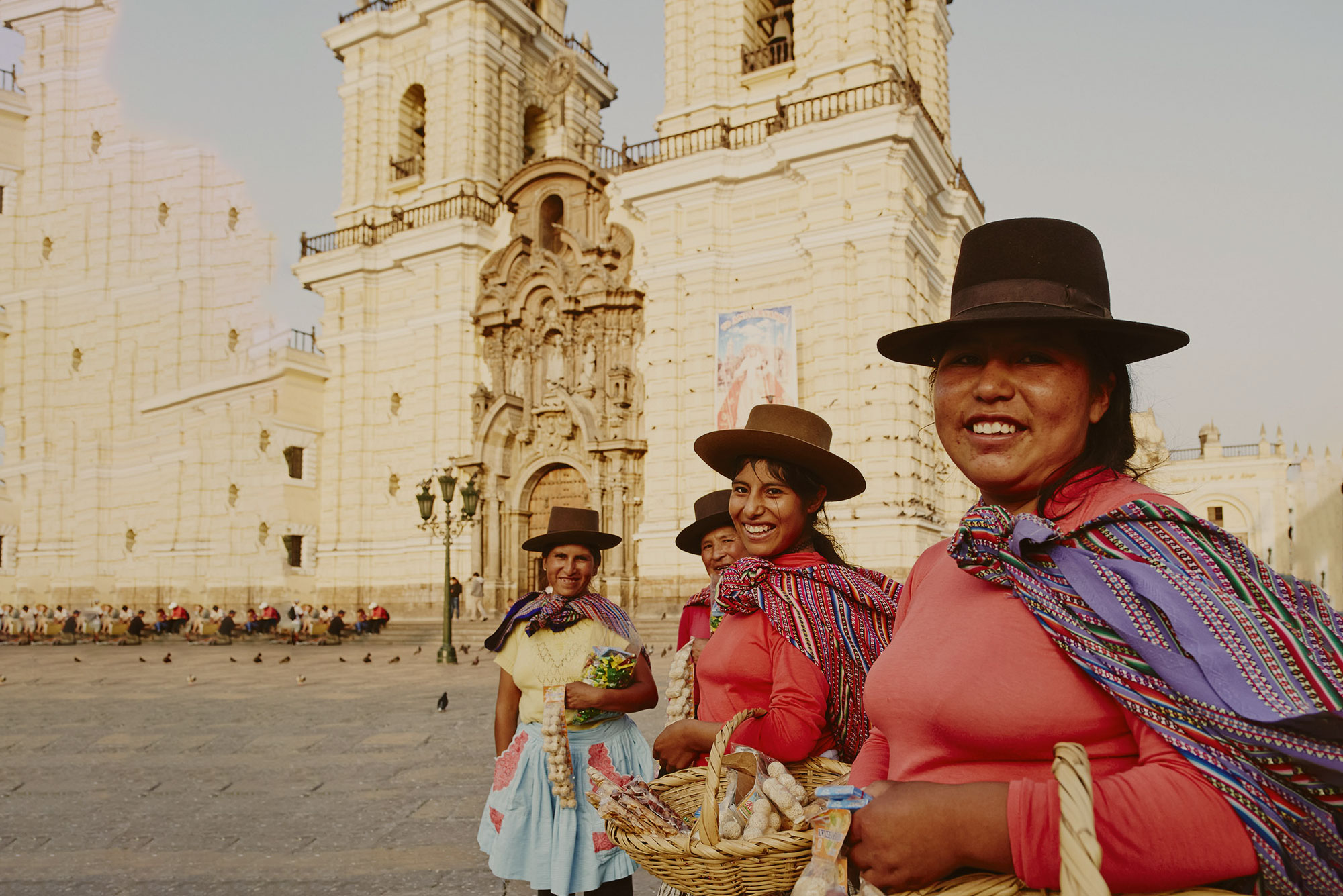
Cusco, Peru
Cusco, located in Peru's Andes Mountains, stands as a remarkable cultural site that beautifully weaves together layers of history, from its Inca origins to its colonial past and its vibrant present. As the former capital of the Inca Empire, Cusco boasts an exceptional blend of Inca and Spanish colonial architecture, where intricately crafted stone walls and temples sit side by side with Baroque churches and plazas. Cusco's lively markets and the enduring Quechua culture contribute to its unique atmosphere, making it a captivating destination where the past and present seamlessly coexist, earning it recognition as a UNESCO World Heritage site.
The Cultural Heritage of Central and South America
Each country has a unique cultural identity influenced by indigenous, European, African, and Asian heritage.
Ancient Civilizations of Central and South America
Before European contact, Central and South America were home to many advanced and diverse civilizations. The most notable were the Maya in Central America, the Aztecs in what is now Mexico, and the Inca in South America. These civilizations were remarkable for their architectural achievements, complex societies, agricultural innovations, and sophisticated calendar and writing systems.
Spain's Influence on Central and South America
Spanish influences in Central and South America have left an indelible mark on these regions' culture, language, and heritage. In the early 16th century, Spanish conquistadors, led by figures like Hernán Cortés and Francisco Pizarro, brought their language, religion, and architectural styles to the Americas. Spanish became the dominant language, shaping the linguistic landscape and creating a fusion of indigenous languages with Spanish, resulting in unique dialects like Quechua and Nahuatl. Spanish colonial architecture also left a lasting legacy in the form of colonial cities, cathedrals, and haciendas that continue to define the urban and rural landscapes. With its influence on ingredients, cooking techniques, and dishes like tamales and empanadas, Spanish cuisine is also recognizable across the regions' culinary traditions.
Africa's Influence on Central and South America
African influences in South and Central America represent a profound and multifaceted cultural heritage that has significantly enriched the region's music, cuisine, religion, and identity. In the 16th century, with the transatlantic slave trade, millions of Africans were brought to the Americas, carrying with them their diverse traditions, languages, and customs.
Portugal's Influence on Central and South America Culture
Portuguese influence on Central and South America is primarily associated with Brazil, which is the largest country in both regions. Portugal played a significant role in the exploration and colonization of Brazil, beginning in the early 16th century. The Portuguese established a colony known as "Pau-Brasil" (Brazilwood) due to the valuable red dye obtained from the brazilwood tree. Over time, Brazil became the center of the Portuguese Empire in the Americas.
The most enduring and widespread influence of Portugal in Brazil is the Portuguese language, which is the official language of the country. Portuguese is spoken by the vast majority of Brazilians and is an integral part of Brazil's identity.
Portuguese colonization brought about a cultural exchange between indigenous populations, African slaves, and European settlers. This fusion of cultures gave rise to a unique Brazilian identity, reflected in music, dance (such as samba), religion (including syncretic practices like Candomblé), and culinary traditions.
African, Spanish, and European Influence on Music and Dance in Central and South America
In Central and South American dance forms, such as the samba in Brazil and the tango in Argentina one can witness the fusion of African and Spanish dance elements. Intricate footwork, sensual movements, and the use of syncopated rhythms are common characteristics of African dance traditions. Heavy hints of Spanish dance styles remain in the rapid, sweeping movements, and storytelling aspects often associated with the samba, salsa, and tango.
When it comes to the music of the area, the regions' African heritage is reflected in the pulsating beats of drums, the use of complex polyrhythms, and the incorporation of traditional African instruments like congas and bongos. These rhythms have fused with Spanish melodies and harmonies, creating a diverse musical landscape that includes genres like salsa, merengue, cumbia, samba, and more.
The tango and samba are two iconic dance forms with deep cultural roots in Argentina and Brazil. In contrast, it can be challenging to pinpoint a single place of origin for salsa dance, it is widely recognized as a product of the multicultural and musically rich environment of the Caribbean and Latin America, with Cuba playing a central role in its development.
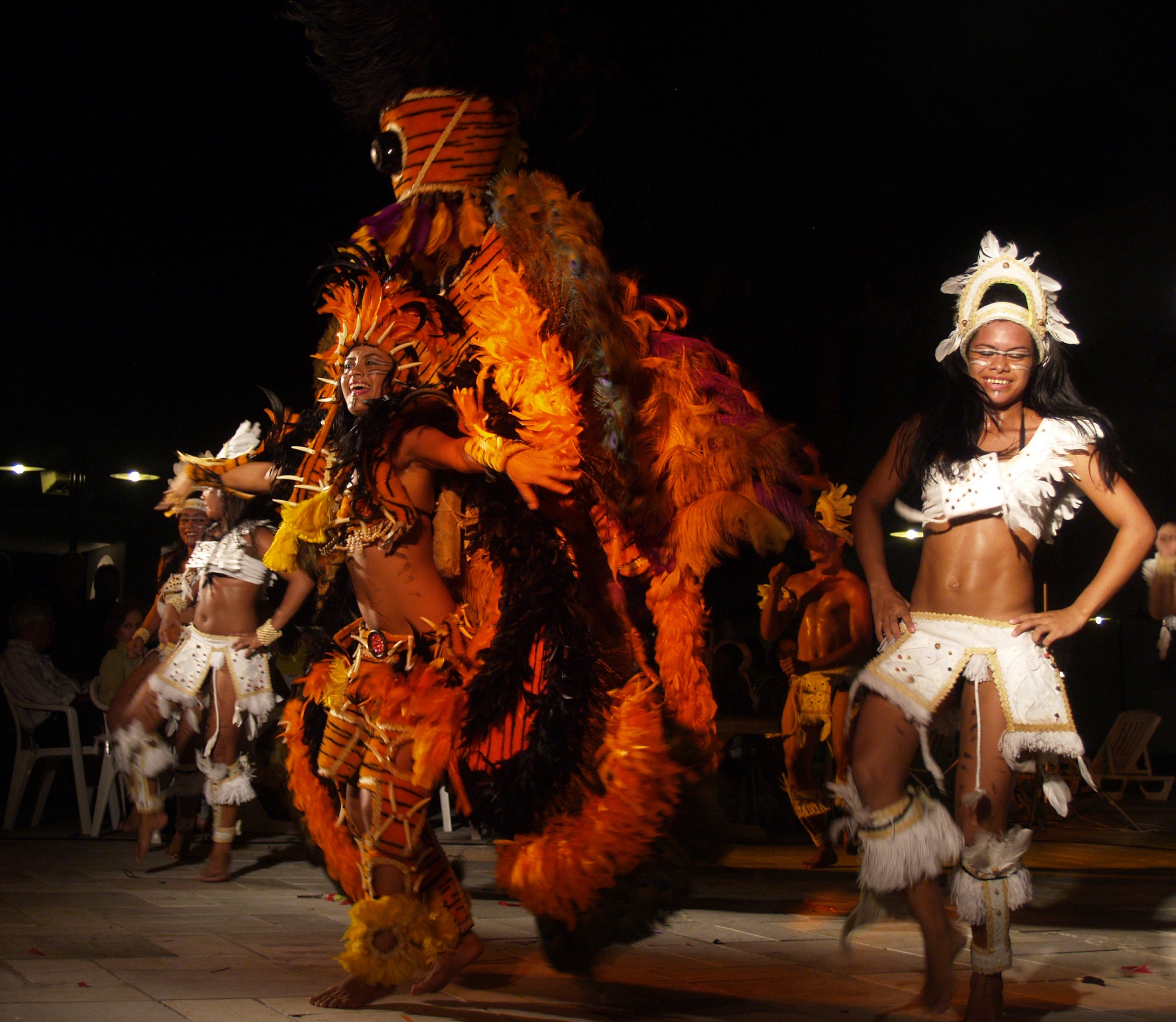
The samba has its origins in Brazil, particularly in Rio de Janeiro, where African and indigenous influences blended with Portuguese and European musical traditions. The samba became synonymous with Brazilian Carnival and is celebrated for its vibrant, rhythmic, and energetic style, serving as an expression of Brazilian culture and identity.

The tango originated in the working-class neighborhoods of Buenos Aires, Argentina, in the late 19th century. It developed as a fusion of European immigrant and African rhythms, eventually evolving into the passionate and sensuous dance we know today.
The cultural blending has given rise to a rich and dynamic tapestry of music and dance that is an integral part of the region's identity, serving as a vibrant expression of the diverse cultural heritage of Central and South America.
The dances and music of Central and South America are deeply interwoven into the cultural fabric of the regions. Even so, each has transcended their local origins to become global cultural symbols, representing the rich and diverse cultural tapestry of Central and South America.
Asia's Influence on Central and South America Culture
Asia's influence in South and Central America is a testament to the richness of cultural diversity and the enduring impact of immigrant communities on the region's cultural, economic, and culinary landscapes. Asian immigrants brought their traditions, languages, and customs to the area, contributing to a multicultural and diverse society. This cultural exchange is evident in festivals, art, and even the blending of Asian and Latin American cuisines.
Asian culinary influences are notable in South and Central American cuisine, with dishes like ceviche in Peru incorporating Japanese ingredients and techniques and the popularity of Chinese-style stir-fries in many countries.
The Amazing Cuisines of Central and South America
The culinary delights of South and Central America are a vibrant tapestry of flavors, ingredients, and traditions that reflect the diverse cultures and ecosystems found across these regions. Each country boasts its own unique culinary identity.
South America Cuisine
In Brazilian cuisine, it's easy to see the Portuguese culinary traditions in the use of bacalhau (salted codfish) and pastéis (pastries). Feijoada, a popular Brazilian dish and beloved culinary tradition, also has Portuguese roots. Feijoada's roots can be traced back to the Portuguese colonists who introduced pork and beans, which were then incorporated with indigenous ingredients and African cooking techniques. This hearty dish features black beans stewed with various cuts of pork, creating a rich and flavorful stew often served with rice, farofa (toasted cassava flour), and orange slices.
Argentinian cuisine is known for its hearty and diverse offerings, with a strong emphasis on beef and grilling. One of the most iconic dishes is the Argentine barbecue, or asado, featuring cuts of beef like ribeye and flank steak, grilled to perfection over an open flame. Empanadas, savory pastry pockets filled with various ingredients such as meat, cheese, or vegetables, are a popular snack or appetizer. Argentina is also renowned for its love of beef-based sandwiches, including the choripán (chorizo sausage in a bread roll) and the milanesa, a breaded and fried beef or chicken cutlet. Finally, don't miss the famous Argentine steak, often served with chimichurri sauce, which encapsulates the country's passion for beef and grilling.
Peruvian cuisine is celebrated for its unique blend of flavors and vibrant dishes. Peru's culinary diversity and fusion of indigenous, Spanish, African, and Asian influences make it a gastronomic paradise that continues to captivate food enthusiasts worldwide. Ceviche, Peru's iconic seafood dish, features fresh fish or seafood marinated in citrus juices, typically lime or lemon, and mixed with onions, cilantro, and chili peppers. Causa is a colorful and visually appealing dish made from layers of seasoned mashed potatoes filled with various ingredients like avocado, chicken, or seafood. Lomo saltado is a stir-fry that combines tender strips of beef with tomatoes, onions, and aji amarillo (yellow chili pepper), served over rice and often accompanied by French fries.
South America Wine Regions
South America has become a significant player in the world of wine, with several regions gaining recognition for their exceptional offerings. Argentina's Mendoza region is renowned for its Malbec wines, known for their deep, robust flavors and versatility. Torrontés, a fragrant white wine variety, is another Argentine specialty that delights with its floral and fruity notes. In Patagonia, particularly in areas like the Neuquén and Río Negro Valleys, Pinot Noir is gaining prominence, producing elegant and well-balanced wines. Chile, on the other hand, has made a name for itself with Carménère, a grape variety originally from Bordeaux that thrives in Chile's climate, as well as Cabernet Sauvignon, showcasing its ability to produce wines that can rival some of the finest from the Bordeaux region. South America's wine regions are indeed a treasure trove for wine enthusiasts seeking exceptional New World wines.

Central America is not widely known for its wine production compared to South America, but there are some emerging wine regions in the region. High-altitude vineyards are producing quality wines, particularly from grape varieties like Tempranillo and Cabernet Sauvignon. These regions benefit from favorable climate conditions and unique terroirs that contribute to the development of promising wines. While Central America may not be as renowned as some South American counterparts, it is gradually making its mark on the wine map with the potential for growth and recognition in the future.
Central American Cuisine
Central American cuisine is a delicious fusion of indigenous, Spanish, and African flavors. Corn is a staple ingredient, used to make tortillas, tamales, and pupusas, which are often served with flavorful fillings like cheese, beans, or meats. Dishes like baleadas (wheat flour tortillas filled with beans, cheese, and cream) are popular across the region, reflecting the diverse and hearty culinary traditions of Central America.
Costa Rican cuisine is characterized by its simplicity and use of fresh, locally sourced ingredients. A staple in Costa Rican meals is gallo pinto, a flavorful combination of rice and black beans cooked with spices, often served alongside eggs, cheese, and plantains for breakfast. Casado is a traditional lunch dish that includes rice, black beans, a choice of protein (such as grilled chicken or fish), salad, and fried plantains. Don't miss out on arroz con pollo, a comforting chicken and rice dish cooked with vegetables, saffron, and other seasonings, which offers a delightful taste of Costa Rican home cooking.
Visiting South and Central America offers a culinary journey filled with vibrant tastes, rich histories, and an unending array of delicious surprises for food enthusiasts to savor and explore.

















